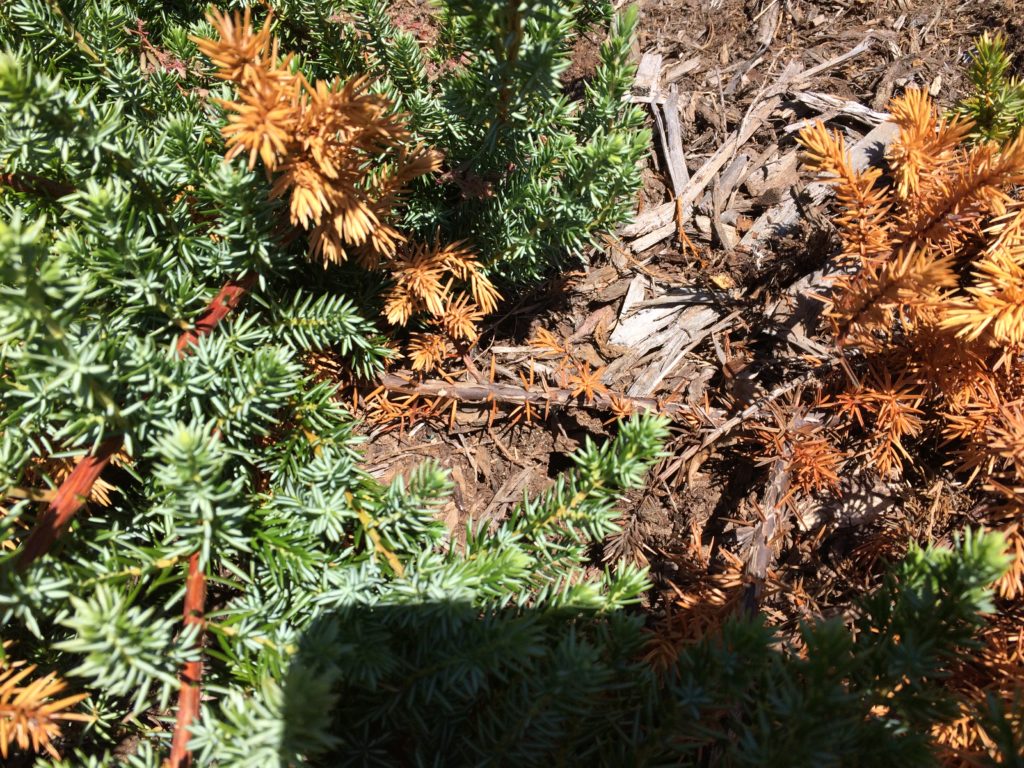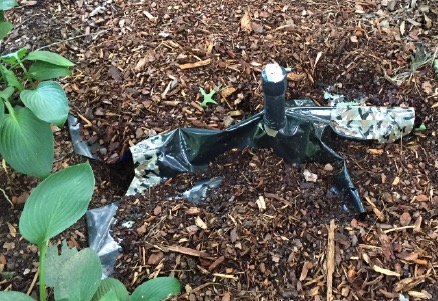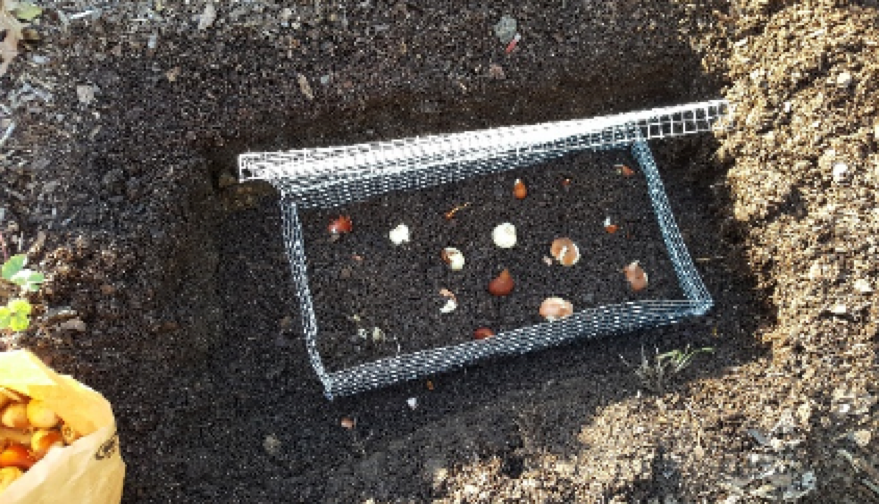Pest Alert – Those Voracious Voles!
go.ncsu.edu/readext?516001
en Español / em Português
El inglés es el idioma de control de esta página. En la medida en que haya algún conflicto entre la traducción al inglés y la traducción, el inglés prevalece.
Al hacer clic en el enlace de traducción se activa un servicio de traducción gratuito para convertir la página al español. Al igual que con cualquier traducción por Internet, la conversión no es sensible al contexto y puede que no traduzca el texto en su significado original. NC State Extension no garantiza la exactitud del texto traducido. Por favor, tenga en cuenta que algunas aplicaciones y/o servicios pueden no funcionar como se espera cuando se traducen.
Português
Inglês é o idioma de controle desta página. Na medida que haja algum conflito entre o texto original em Inglês e a tradução, o Inglês prevalece.
Ao clicar no link de tradução, um serviço gratuito de tradução será ativado para converter a página para o Português. Como em qualquer tradução pela internet, a conversão não é sensivel ao contexto e pode não ocorrer a tradução para o significado orginal. O serviço de Extensão da Carolina do Norte (NC State Extension) não garante a exatidão do texto traduzido. Por favor, observe que algumas funções ou serviços podem não funcionar como esperado após a tradução.
English
English is the controlling language of this page. To the extent there is any conflict between the English text and the translation, English controls.
Clicking on the translation link activates a free translation service to convert the page to Spanish. As with any Internet translation, the conversion is not context-sensitive and may not translate the text to its original meaning. NC State Extension does not guarantee the accuracy of the translated text. Please note that some applications and/or services may not function as expected when translated.
Collapse ▲by: Pat MacFarland, 2018 Intern for the Master Gardener℠ volunteers of Henderson County

Voles will eat just about any kind of plant. They tunnel under mulch to feed on plant roots and stems.
In the last few years, my yard has been host to what seemed to be a rapidly increasing population of critters gorging themselves on my plants – especially hostas and daylilies which I dearly love. Since all of the munching was below ground, my first thought was I might have moles, but on further investigation learned that moles are meat-eaters and it is those vegetarian voles that are to blame.
Use Integrated Pest Management – Identification!
As this was my first encounter with this pest, I had a lot to learn so I did some digging of my own. The best source of information I found happens to be on a site that sells bait systems; even if you don’t plan to go in that direction, the information on voles and other underground rodents is very comprehensive and worth a visit. Vole Education
Since these first encounters, I have tried various approaches to deal with these vexing voles. Below I will share my experience to date in hopes that it helps out some other frustrated gardeners.
(Note: I am living on a 2-acre property. Approximately 1 acre is wooded and surrounded by similar lots. The balance of the area is house and lawn and surrounded by garden.)
My Vole Control Attempts
1. Repellents – This was my first line of attack. My conclusion was that these had zero noticeable effect – a waste of money and time. That’s when I turned to something more serious…
2. Exclusion Bait Stations – I have installed 6 of these on my property in the beds. These consist of PVC piping with a vertical section for adding bait, plus stakes, tarp etc. to install. These do not trap the vole; they eat the bait which is a rodenticide approved for use in NC. Below you can see the bait station installed with the tarp. The ‘Exclusion’ part is really important – you don’t want to inadvertently take out somebody’s pet, or other innocent wildlife. Other animals have tried to get into my stations (hence the camo tape) apparently without success.

a. I started with the ‘Apple Test’ to verify that I had voles… once I learned to identify vole holes and damage, I stopped doing this. Here’s a good video on using apples to test for voles.
b. As long as I keep the stations baited they seem to go for that as opposed to eating my plants. Even when the station is right next to hostas, they ignore the hosta which I guess is more work for them.
c. It takes some work to set up the bait stations and keep track of what is happening. I ended up making a spreadsheet to keep track of 6 stations otherwise I would never remember if the bait had been eaten and when.
d. I have not been able to eradicate the voles and I am sure I will not be able to as long as I am surrounded by neighbors who take no steps to control them. But I believe this will help keep them in check as voles multiply fast!
e. I have looked and not found a similar exclusion bait station cheaper than that offered on the website previously cited.
3. Trapping voles can be successful if you are persistent. This video gives some great instructions on trapping voles.
4. Habitat Modification – Easier said than done I know, but you can try to avoid providing cover. Our addiction to mulch gives voles exactly what they want – so use it where it’s really needed, keep beds clear of fallen debris and try not to give them that ready-made tunnel to your plants.
5. Container Gardening – If you don’t want to risk losing your hostas, especially those expensive specialty varieties, consider planting in containers. I took up specimen plants for every variety I have and, fingers-crossed, it looks like they have survived over-wintering in my garage. This article Growing and Overwintering Hostas in Pots describes how some serious hosta enthusiasts handle it for hundreds of hostas!
6. Cages – I still want my tulips, so I have made bulb cages from ½” galvanized hardware mesh to plant them in last fall. And they appear to be coming up through the cage, though too early like everything else! You can buy these cages on-line for $30.00 but I made 3 cages with a $12 roll of 24-inch wide mesh and some wire. I found instructions on-line for the bulb cages and hosta cages. I have visions of the voles circling those cages like little sharks and not being able to get in and that makes me very happy!
7. Plant What the Critters Don’t Eat – I’ve discovered a new love for daffodils – poisonous to rodents and deer, you can safely plant and enjoy the fruits of your labor. There are thousands of different varieties: Doubles, multi blooms, different colors, shapes, and blooming times, and even fragrant ones. I’ve planted three new varieties on my property and can’t wait to see them.


I would love to hear how others have fared in their battles with this pest. Are you emerging victorious and if so how did you manage it?




